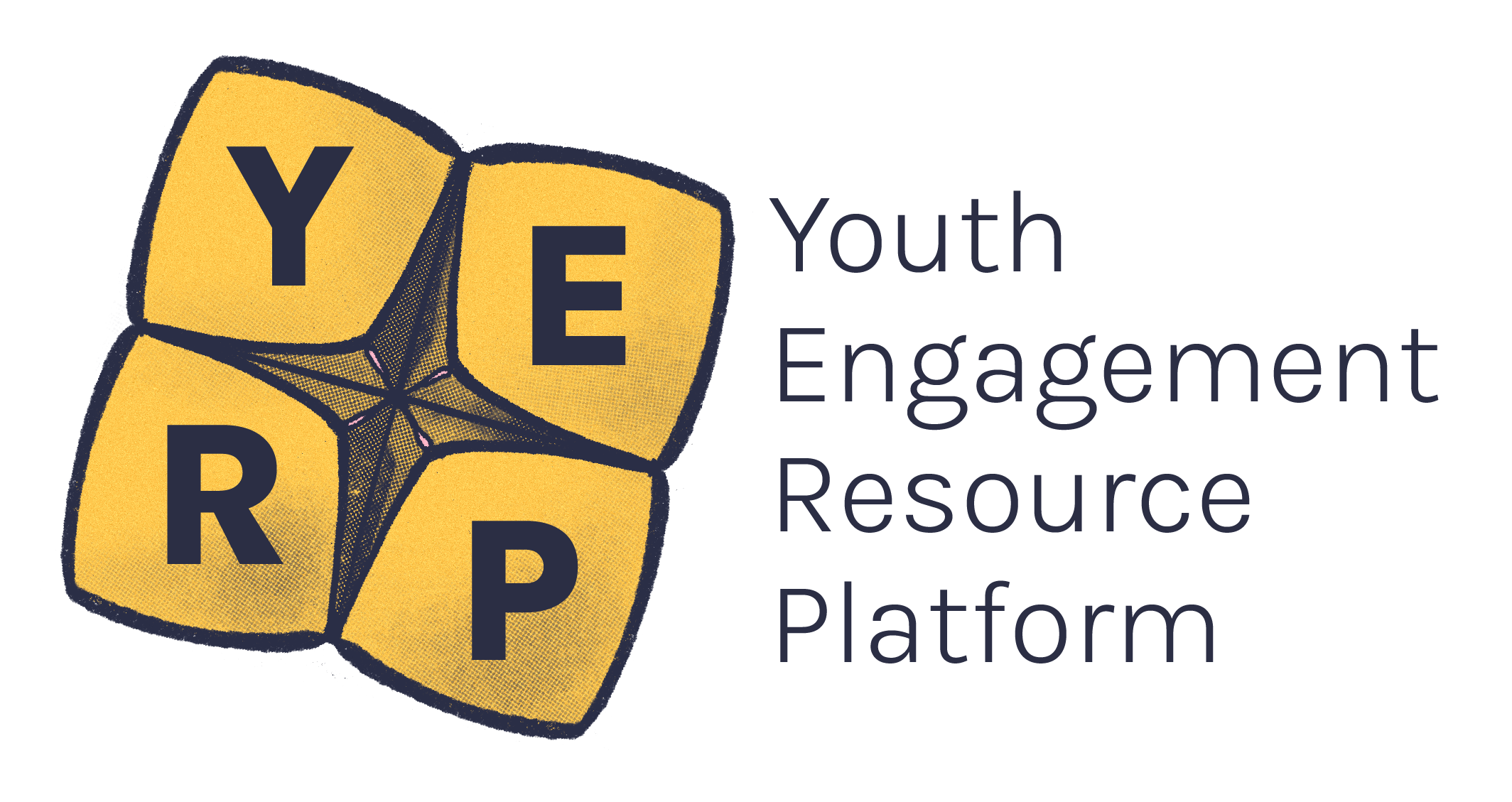Disclaimer: This article uses identity first language when referring to disability as this is the preferred language of the author.
Content note: This article talks about the barriers around disability pride, which includes mentions of ableism and internalised ableism as well as specific harmful views that non-disabled people have about disabled people.
Click here to listen to an audio recording of Mac, the author, reading his article.

What is disability pride?
Disability pride means different things to different people.
It involves being proud of your whole self, your experiences, values and identities, and actively embracing your disabilities. It means you accept and acknowledge your disability while loving yourself for who you are.
For many, disability pride can be a way to feel confident within themselves and no longer feel the need to hide and conform.
What are the barriers to having disability pride?
As young disabled people, we are surrounded by ableism, whether, from society, family or friends. It is everywhere and as a result many disabled people internalised it. We are taught we aren’t worthy, we are burdens, that disability is something to be ashamed of and that we must hide it.
During COVID-19, this message was exacerbated as non-disabled people made it very clear their disregard for our lives. That their lifestyles and ‘the economy’ mattered more than the disabled community.
As such, many of us struggle with internalised ableism and often, the thought of being prideful can be hard to comprehend.
How can we start fostering disability pride?
Disability pride is about finding out what works for you. These are just some ideas from others to help start you on your journey and it’s okay if they don’t work for you. Make it your own!
Despite being the world’s largest ‘minority’ group, we can still face overwhelming feelings of isolation. This constant reminder that you are different (and not in a good way) makes you want to hide and disconnect yourself from your disability.
We can fight these feelings by connecting with our wonderful disabled community.
To feel more connected to our community, you can:
- Go to disability led events.
- Surround yourself with disabled friends who understand you.
- Only engage with people who truly support you and don’t force you to hide your disability.
- Read books and watch movies with good disability representation.
Non-disabled society controls what disability means, and who gets to call themselves disabled. Part of disability pride is taking back that narrative and writing it for how it is.
It’s difficult when disabled people are gate-kept from our own identity and community by being told we ‘aren’t disabled enough’. This notion is maintained both by non-disabled people, but even other disabled people through lateral ableism.
But there is no specific definition or list of conditions that make you disabled, only feeling like society doesn’t give you what you need.
Disability is an identity that you get to claim as your own, and no one has the right to take that away from you. It can be very hard to deal with thoughts of doubt and self-hatred, but know that this is unfortunately quite normal.
When these thoughts come to you, question them:
- Why do I feel that way?
- What made me come to that conclusion?
- Would I say this to a friend?
- What past experiences caused me to feel this way?
Take the time to analyse those feelings. Sit with the discomfort.
Conclusion
Disability pride is a journey and not linear. Everyone has bad days and that is normal. You don’t have to be constantly in love with all aspects of your identity, toxic positivity can be just as damaging.
Disability pride is about finding that specific point where you are comfortable with yourself, your body and your identity. You are not alone.
If you enjoyed reading this article and want to learn more, YDAS has a collection of videos and writing on disability pride.
Click here to learn more about disability pride.
About the author
Mac (he/him) is a 17-year-old queer and disabled youth advocate, currently in year 12. Outside of school he works alongside organisations to improve accessibility, inclusivity, and outcomes for LGBTQIA+ and disabled young people.



